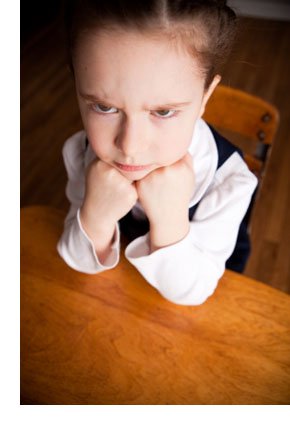|
Anger Management Lesson Plans For KidsEmotional Growth for ChildrenWhy anger management lesson plans? If you have enough small children in and around your life, then you are no stranger to the temper tantrum.  When frustration and anger boil up in a small child, the release of emotions usually takes a physical form. Screaming, stomping feet, hitting, crying, breaking things and running around are all common for toddlers and preschoolers. Although many people consider these actions normal for small children, without the help of anger management lesson plans, some kids will never develop past primitive reactions to their emotions. Hitting or screaming in anger as an older child, teen or adult can bring about severe consequences, so promoting emotional growth is essential for developing children. Identify the EmotionOne of the first goals of quality anger management lesson plans is to help kids identify emotions. As adults, we give name to our state of mind with little effort. We know we are angry, sad, happy or frustrated. Helping a child name their emotion allows them to connect an emotional state with appropriate actions. It does no good to tell children to count to ten when they are angry if they have no idea what angry is. Allowing AngerOnce a child can identify feelings of anger, he or she needs to understand the emotions are normal and healthy. One of the worst things parents, teachers and other adults can do is belittle angry emotions or indicate the feelings should be ignored. No matter how small the event may seem to an adult, it means something to the child. Good anger management skills teach children how to express and deal with anger in meaningful, productive ways. Dealing with AngerAnger management lesson plans created by experts offer advice on helping children deal with anger. Since theoretical education rarely works with toddlers and preschoolers, parents and teachers often undertake lessons about dealing with anger during a crisis moment. Some important steps to follow during these moments include:
Controlling the SituationMany parents and teachers who have made use of anger management lesson plans often make the mistake of giving up control. Although kids should be an active part of conflict resolution, it is important to keep emotional and physical development in mind. Two and three year olds can begin working on anger issues, but they are far from capable of complete resolution. If the situation becomes aggressive, dangerous or unproductive, adults should step in for a final solution. However, you should also be aware of your own frustration with the issues and provide a good example on how anger can be expressed. Anger management lesson plans may not resolve all the conflict in your home, school or classroom. However, adopting healthy emotional habits, leading by example and teaching kids to resolve conflict will provide long-term benefits to everyone. From Anger Management Lesson Plans to the main page about the subject
|




